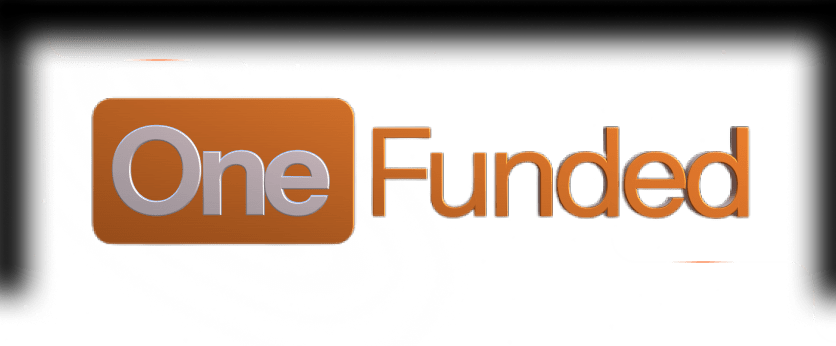Subsidized Student Loans
Subsidized Student Loans are federal student loans available to eligible undergraduate students based on financial need. The key feature of subsidized loans is that the federal government pays the interest on the loan while the borrower is enrolled at least half-time in college, during the grace period (the first six months after graduation), and during any period of deferment. This helps keep the total cost of borrowing lower for students.
Examples of subsidized student loans include:
- Direct Subsidized Loans: These loans are provided directly by the U.S. Department of Education to help cover educational costs.
- Federal Family Education Loans (FFEL) Subsidized Loans: Previously offered through private lenders but guaranteed by the federal government, these loans are now less common due to program changes.
Cases:
- A student who demonstrates financial need through the Free Application for Federal Student Aid (FAFSA) may qualify for a Direct Subsidized Loan to help cover tuition costs.
- A borrower who is currently enrolled in a graduate program and had a subsidized loan during their undergraduate studies will not have interest accruing on that loan while they are still in school, thus reducing their financial burden.

